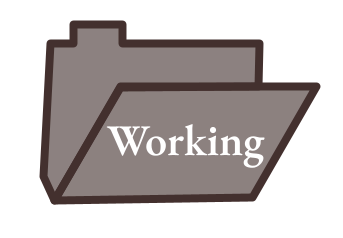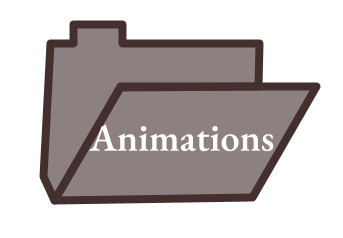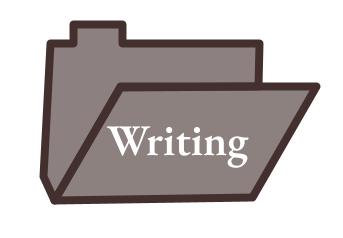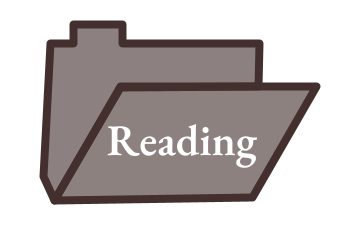Research at the Bauch lab
In the fall I'm starting a masters in Applied Mathematics at the University of Waterloo in the Bauch lab. For this summer, I'm working as a NSERC USRA student in the lab. My research focuses on analyzing the dynamics of coupled climate and opinion dynamics models.
Research at the School of Cities
From September 2024 to April 2025 I worked at the School of Cities. School of Cities is a research organization apart of the University of Toronto focusing in urban research. During my time there, I analyzed a large set of mobile location data from Toronto over summer 2024. Using SQL and R for data processing and extraction and ArcGIS/QGIS for visualization I created a report on the dynamics of daily activity in the Greater Toronto Area. The report is available here.
Research at the Frederickson lab
From September 2023 to August 2024 I worked at the Frederickson lab in the Ecology and Evolutionary Department at the University of Toronto. The lab focuses on the study of mutualisms, specifically between species of Duckweed and their microbiome. I created statistical models and data visualizations to analyze the dynamics of Duckweed microbiomes over time and over different environments. Statistical models and visualizations were created in R and all analysis of raw genetic data was done in a Unix enviornment.
Animations and Algorithms
Creating mathematical visualizations and animations is one of my hobbies. I've done visualizations in topics such as computational geometry, fractals, number theory, and probability. Most are implemented using Python and libraries such as Matplotlib. To the left is an example of an algorithm which can draw any image using a set of lines. More of these animations are presented and explained here.
Research at the Princess Margaret Cancer Centre
From 2019 to 2023, I worked at the Princess Margaret Cancer Research Centre on a research project in the Pugh Lab. The project utilizes a novel TCR sequencing method known as CapTCR for non-invasive immune monitoring of solid-tumour patients given adoptive T-cell therapy.
This project developed my ability to run bioinformatics pipelines on large multi-omics datasets as well as perform visualization and statistical analysis in R, Python, and Excel. In addition, this project has developed my ability to write manuscripts, perform literature reviews, and work with other researchers in a lab environment.
I've had the opportunity to present my research at the Trans-Atlantic Journeys in Cell and Gene Therapy joint meeting between researchers at the University of Toronto and the University of Manchester. The paper is currently under peer review, the preprint is available here.
Immune 2.0
A part of the Pioneer international competition, my partner Ahmed Moselhi and I developed Immune 2.0. The project used a machine learning alrgorithm to predict T-cell binding. This algorithm would allow for rapid testing of new vaccines and immunotherapies. Immune 2.0 ended up becoming a winning project a part of the April 2019 cohort. We were also interviewed by Laura Deming about the project.Link to video.




